The ancient fire temple of Azerbaijan, known as the Ateshgah, stands as a testament to the country's rich cultural and religious history. Located on the outskirts of Baku, this unique structure has drawn visitors and scholars alike for centuries. Its name, derived from the Persian word "Atesh" meaning fire, reflects its primary significance as a place of worship for Zoroastrians, who revered fire as a symbol of purity and divinity. The temple's origins are shrouded in mystery, but its enduring presence speaks volumes about the spiritual and historical layers of Azerbaijan.
The Ateshgah is often referred to as the "Fire Temple of Baku," and its construction dates back to the 17th or 18th century, though some believe its foundations may be even older. The site was built over a natural gas vent, which caused flames to erupt spontaneously from the earth—a phenomenon that undoubtedly inspired its sacred status. For Zoroastrians, such eternal flames were seen as a direct connection to the divine, and the temple became a pilgrimage site for followers of this ancient religion. Over time, the temple also attracted Hindu and Sikh worshippers, adding to its multicultural significance.
The architecture of the Ateshgah is as intriguing as its history. The pentagonal complex features a central altar surrounded by small cells that once housed pilgrims and monks. The altar itself is where the eternal flame once burned, fed by the natural gas rising from below. Though the flames have since been extinguished due to resource depletion, the temple remains a powerful symbol of Azerbaijan's fiery landscape. The walls are adorned with inscriptions in Persian, Sanskrit, and Punjabi, reflecting the diverse groups that once gathered here. These carvings offer glimpses into the prayers and devotions of those who sought solace within these walls.
Beyond its religious importance, the Ateshgah also serves as a reminder of Azerbaijan's nickname, "The Land of Fire." The country's abundant natural gas reserves have long been a source of wonder, and the temple's flames were just one manifestation of this geological marvel. Today, the site is a protected historical monument and a UNESCO World Heritage candidate, drawing tourists from around the globe. Visitors can explore the museum on-site, which provides detailed exhibits on the temple's history, the Zoroastrian faith, and the broader cultural context of fire worship in the region.
The decline of the eternal flame at Ateshgah in the late 19th century marked the end of an era. As industrialization took hold, the natural gas vents were tapped for commercial use, and the sacred fires gradually dwindled. Yet, the temple's legacy endures. In 1975, the Soviet government restored the site, and today, artificial flames are occasionally lit for ceremonial purposes, allowing modern visitors to catch a glimpse of its former glory. The temple's survival through centuries of change is a testament to its enduring significance, both as a religious site and a cultural landmark.
For those interested in the intersection of history, religion, and geology, the Ateshgah offers a fascinating journey. Its story is one of adaptation and resilience, reflecting the broader narrative of Azerbaijan itself. From its origins as a Zoroastrian sanctuary to its current status as a museum, the temple continues to captivate the imagination. Whether viewed as a spiritual relic or a historical curiosity, the Ateshgah remains a powerful symbol of humanity's quest for meaning in the natural world.
The temple's influence extends beyond its physical boundaries. It has inspired countless works of art, literature, and even modern-day cultural festivals in Azerbaijan. The annual "Fire Festival" celebrates the nation's deep connection to this element, with performances, music, and rituals that echo the traditions once practiced at Ateshgah. This vibrant celebration ensures that the spirit of the fire temple lives on, even as the original flames have faded.
In recent years, the Azerbaijani government has invested in preserving and promoting the Ateshgah as part of the country's cultural heritage. Efforts to secure UNESCO recognition have brought renewed attention to the site, highlighting its global importance. Scholars continue to study the temple's inscriptions and artifacts, uncovering new insights into the diverse communities that once thrived here. For historians, the Ateshgah is not just a monument but a living archive of Azerbaijan's multifaceted past.
As the sun sets over the Ateshgah, casting long shadows across its ancient walls, one can almost hear the echoes of prayers whispered centuries ago. The temple stands as a bridge between the past and present, a reminder of the enduring power of faith and the natural world. For travelers seeking to understand Azerbaijan beyond its modern skyline, a visit to the Ateshgah is essential. It is here, amidst the silent stones and occasional flicker of ceremonial flames, that the soul of the Land of Fire reveals itself.

By Grace Cox/Apr 28, 2025

By Emma Thompson/Apr 28, 2025

By Christopher Harris/Apr 28, 2025
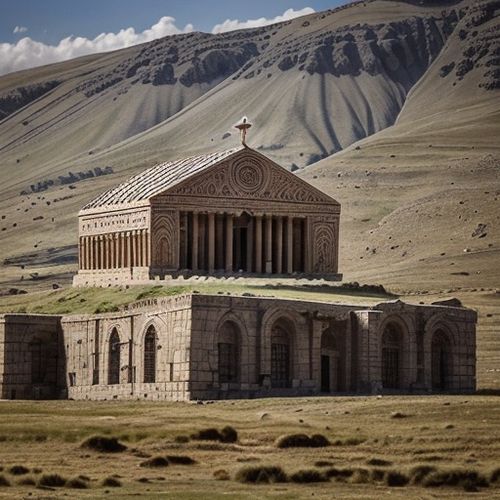
By Lily Simpson/Apr 28, 2025

By Olivia Reed/Apr 28, 2025

By Christopher Harris/Apr 28, 2025

By Amanda Phillips/Apr 28, 2025

By Daniel Scott/Apr 28, 2025

By Jessica Lee/Apr 28, 2025

By James Moore/Apr 28, 2025
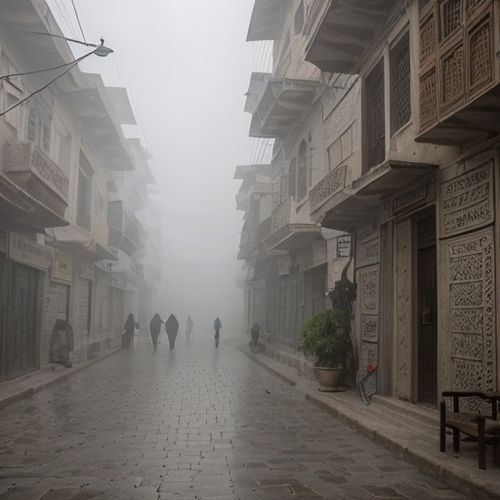
By Grace Cox/Apr 28, 2025

By Emily Johnson/Apr 28, 2025
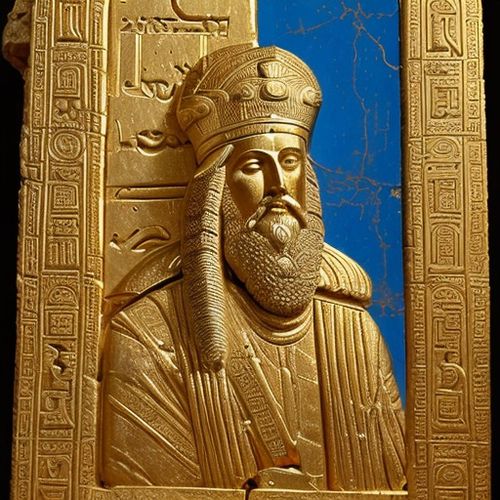
By Thomas Roberts/Apr 28, 2025
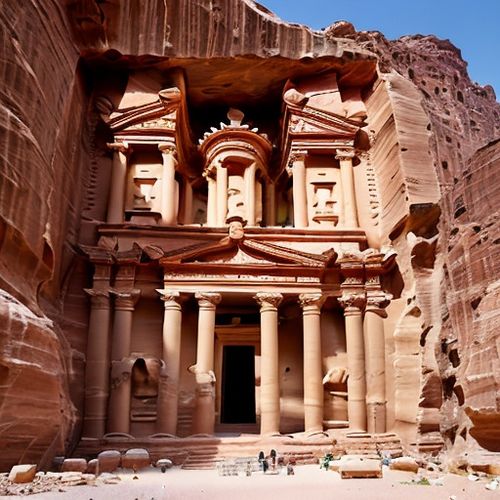
By Amanda Phillips/Apr 28, 2025

By Daniel Scott/Apr 28, 2025
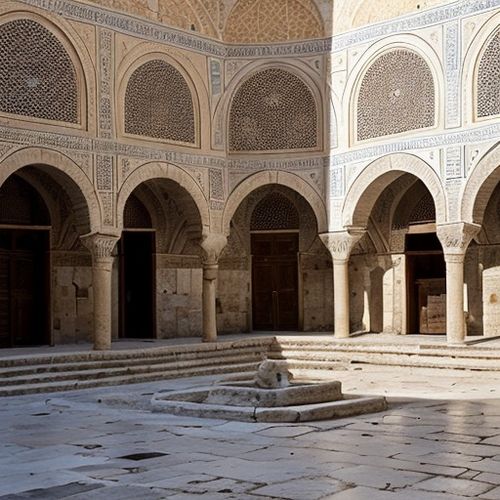
By William Miller/Apr 28, 2025
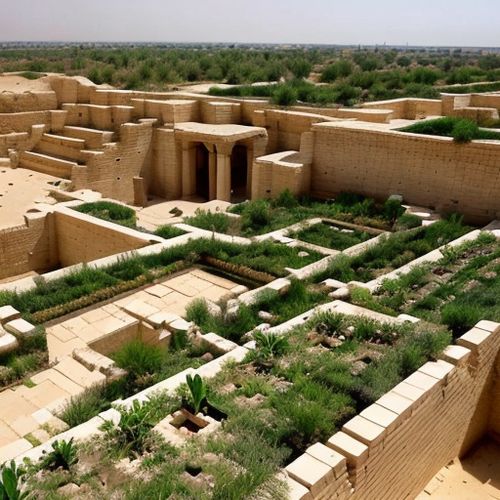
By Joshua Howard/Apr 28, 2025

By Amanda Phillips/Apr 28, 2025

By Natalie Campbell/Apr 28, 2025

By Natalie Campbell/Apr 28, 2025